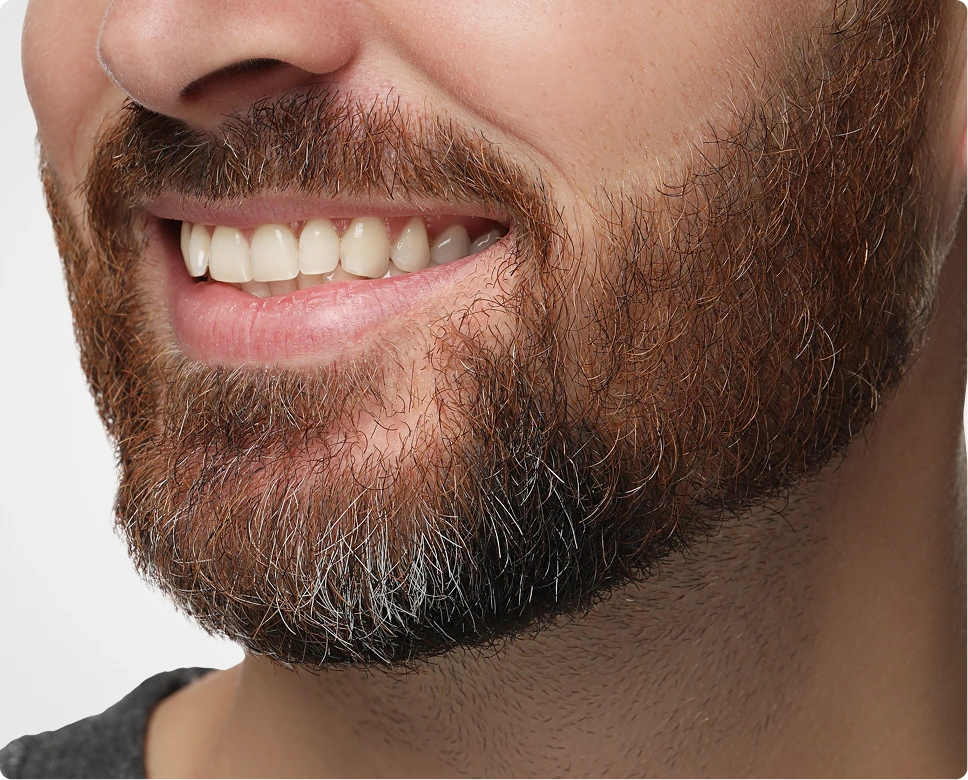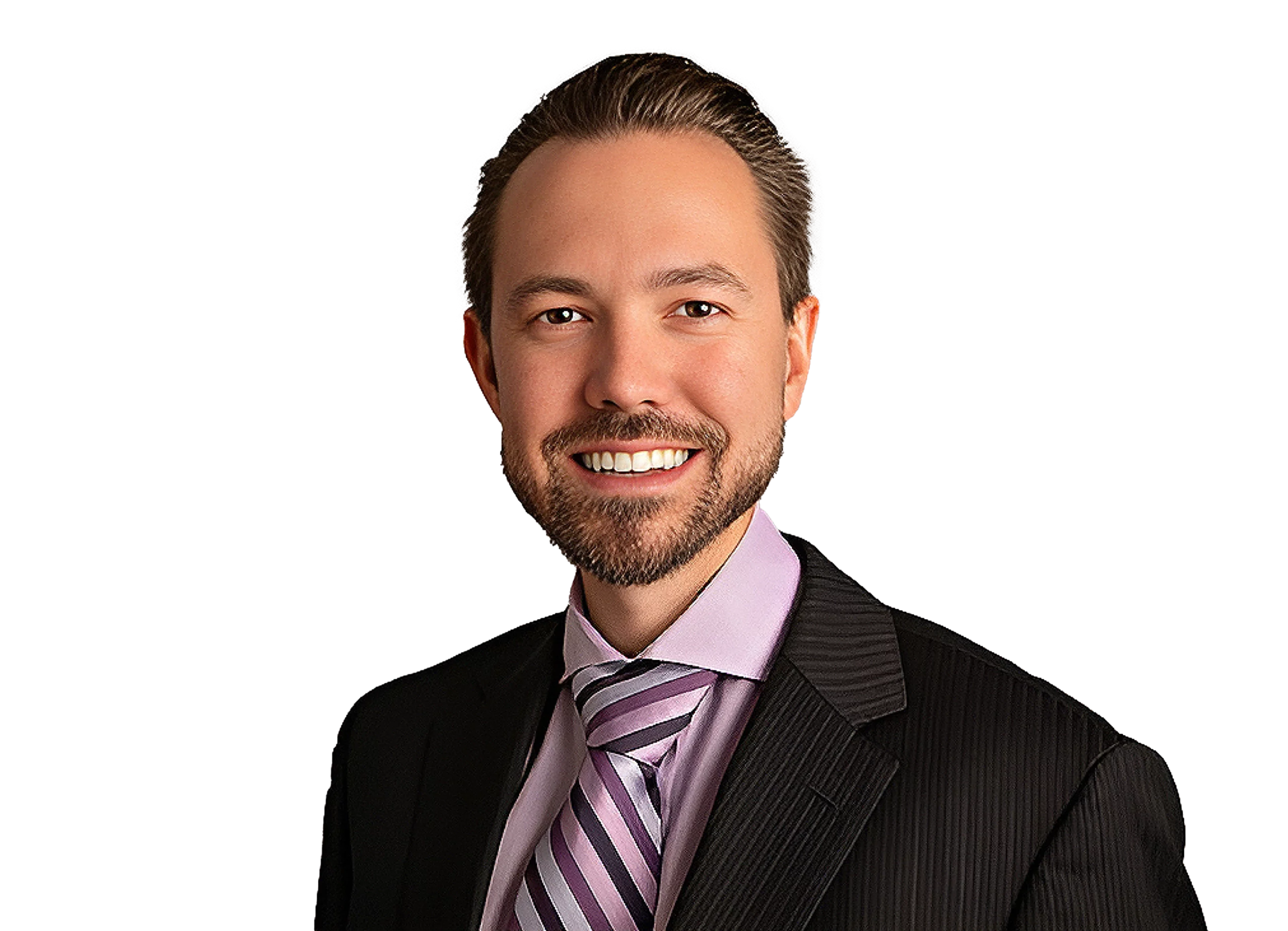Dr. Nesiba Offers Top Expertise in Oral and Maxillofacial Surgery
With years of advanced training and extensive surgical experience, our triple-board-certified oral surgeon, Dr. John R. Nesiba, provides patients in Denver with exceptional care in jaw correction, facial reconstruction, and cosmetic procedures. He earned his DDS from the University of Nebraska before completing internships at the University of Nebraska Medical Center and LSU, where he developed expertise in trauma reconstruction, facial aesthetics, and orthognathic surgery.
His residency at the Detroit Medical Center further expanded his skills in anesthesia,
dental implants, and complex facial procedures. Dr. Nesiba maintains hospital privileges at several leading institutions across Colorado and is certified in ACLS, PALS, and BLS, ensuring the highest standards of patient safety. His dedication to precision, compassion, and innovation has led to thousands of successful implant placements, wisdom tooth extractions, and sedation cases each year.




